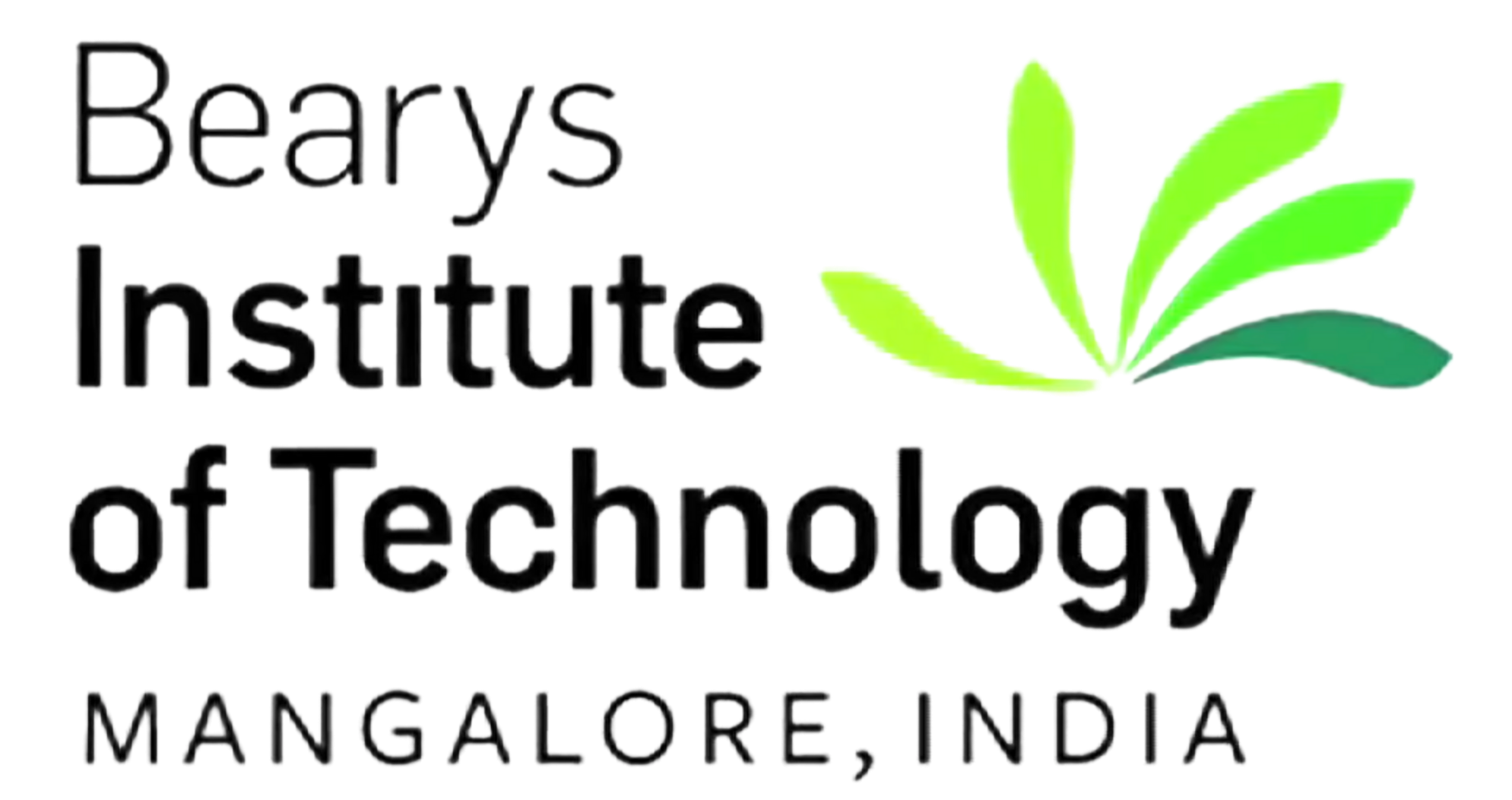Basavarj Rayareddy, Minister for Higher Education, Govt. of Karnataka inaugurated Science and Technology Entrepreneurs Park of Bearys Institute of Technology (BIT) in presence of Ramanath Rai, Minister for Forest, Ecology and Environment and U.T. Khader, Minister for Food and Public Distribution on 19th September 2016 at BIT Knowledge Campus. Mr. Syed Mohammed Beary, Chairman, Bearys Academy of Learning presided over the function. Dr. Abdul Kareem, Principal briefed the innovations and inventions of the students. Dr. S.K. Raikar, Senior Advisor, Dr. Aziz Mustafa, Director-BIT Polytechnic and Mohammad Nissar, Dean – BEADS were present. Rukiyath Faheema A. Salam, 7th sem CSE was master of ceremony.
Speaking the occasion Mr. Basavaraj Rayareddy said “India has large number of universities, but none of them has been called the best universities in the world because of a tough competition in the field of education.”
The tendency for students to gravitate towards quick and easy means of becoming rich proved to be a big hindrance to ensuring quality of education, the Minister said.
He said that corruption was predominant in all spheres including politics and educational institutions also were not free from it.
Students at Bearys Institute of Technology (BIT) have come out with four inventions – two among them are said to have little negative impact on environment. The inventions were unveiled on Monday here, marking the opening of the Science and Technology Entrepreneurs Park (STEP) of BIT.
One such innovative production is that of a ‘water hybrid car’ that has been put into shape by a group of four final-year students at the Department of Mechanical Engineering led by Noumaan and including Salman, Irshad U N and Bharat.
Minister for Higher Education Basavaraj Rayareddi, who dedicated the STEP, also went on a drive in the same vehicle, as a co-driver.
Noumaan, the team leader explained, “The two-seater custom-built car, which uses the engine of Maruti 800, 1996 model, ensures an increase in mileage by at least 40%. The engine has been designed and modified to enable it to work with standard air-fuel ratio of 1:8-1:8.8. Further, 60% hydrogen is used to one part to volume of gasoline fuel as an additive, which gives this car is called dual-fuel or hybrid car.”
He added, “Initially, the engine is turned on with the help of petrol, later a switch has to be turned on, as the provision has been made to generate hydrogen in the rear of the car, which will be used to get desired results.”
Most of the parts of the car have been procured from scrap yard, with the total cost touching Rs 70,000.
“In addition to this, a hybrid electrical vehicle (HEV) or hybrid scooter has also been developed. It runs on two sources of power – gasoline and battery. For low power application, battery drive is used, whereas, for high-power application, gasoline engines are used. Gasoline drive is most efficient at high speed drive.
Thus HEV’s both modes of operation occur at their maximum efficiency. It gives double the mileage of other vehicles, and also 50% less emission, as compared to other vehicles, thus reducing the pollution level. It is most suitable for urban areas with high traffic density,” explained the team leader.
The other two innovations are – a miniature sugarcane harvesting machine and a compressed air engine car.
Addressing the gathering later, Syed Mohammed Beary, the chairperson of Bearys Academy of Learning, said, “The idea behind promoting students to take up innovative projects is to forge a bond between students and industry.”

